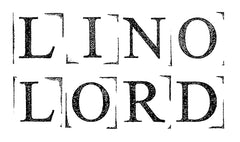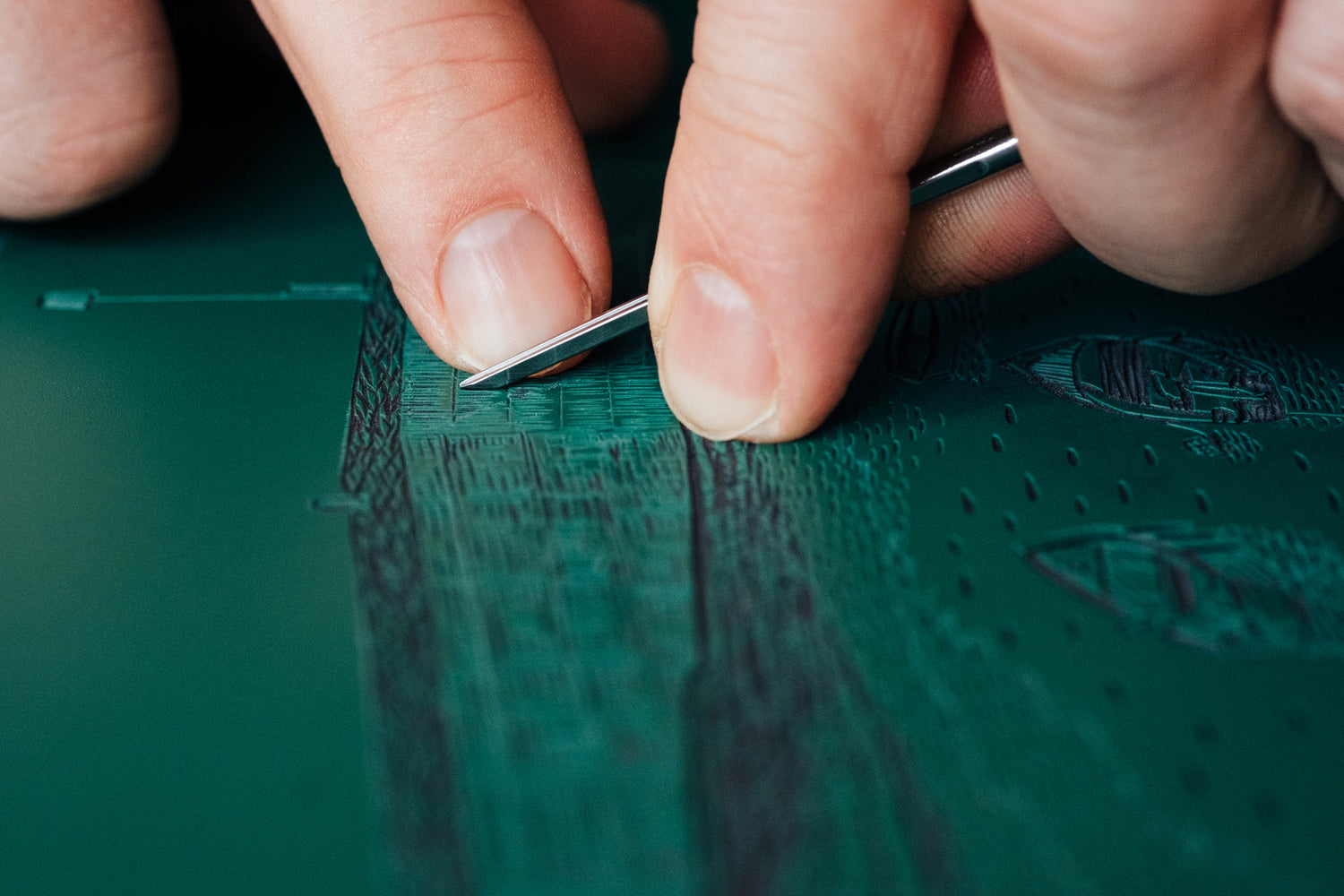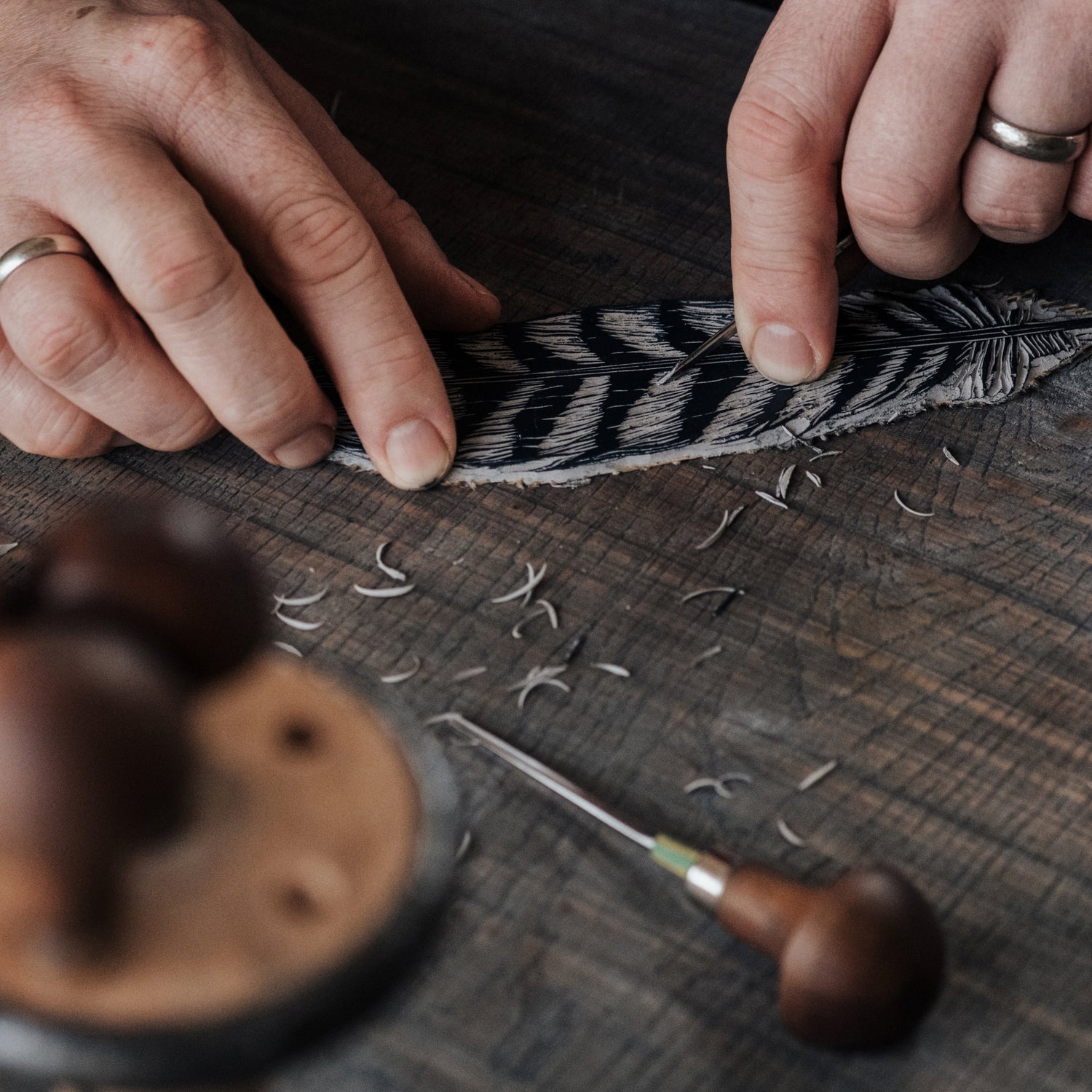
My approach to my art is purist: I use as little technology as possible, preferring to work with traditional tools, practised
techniques, and the highest-quality materials.
My studio in Falmouth, Cornwall is the perfect escape from the distractions of the modern digital world, where this hand-on print technique can be practised with focus and attention.
Steps 1 & 2
-
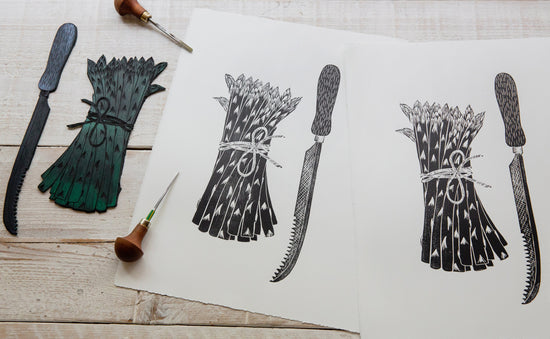
Concept
The source of great work is always found in an exceptional idea. Inspiration usually springs from images of nature, the Cornish coast and Oxfordshire countryside, or iconic contemporary imagery — often taken from my own photography
-
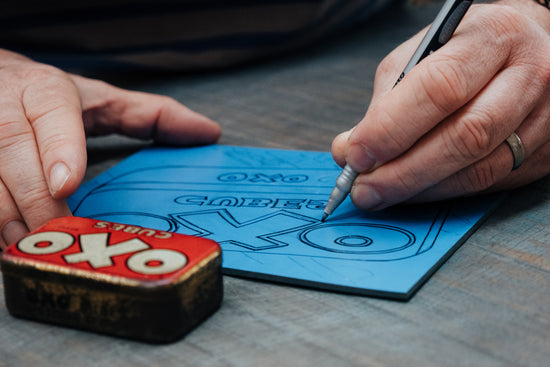
Drawing
The design is reversed and drawn carefully by hand on a fresh lino block. Particular care is taken to interpret the image in a simplified style that will print well using this technique.
Steps 3 & 4
-
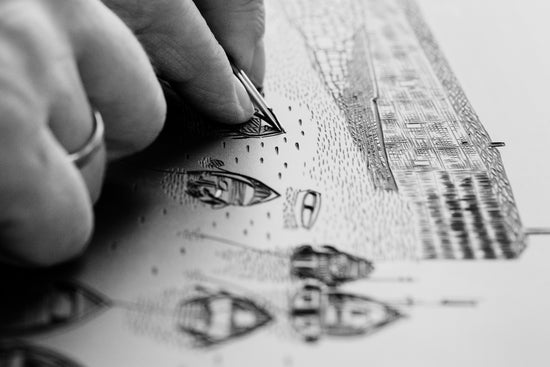
Carving
The carving follows the drawing, creating a negative image in the soft surface using gouges: small chisels and cutters that allow for a variety of mark-making.
-
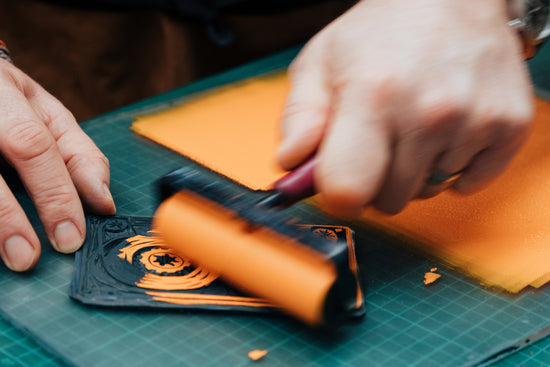
Inking
When the block is prepared, I use the best quality ink, mixed by eye to the chosen colour. This is applied over the block with a roller for an even viscosity and coverage.
Steps 5 & 6
-
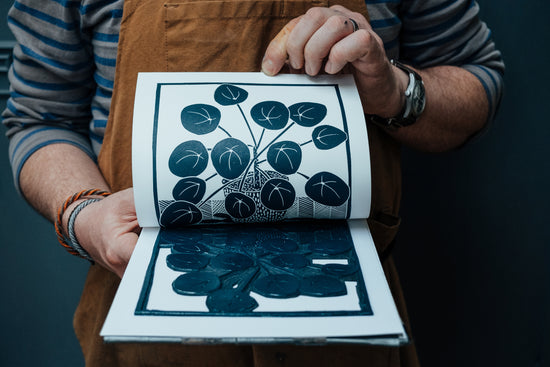
Pressing
The block is laid in a press: either a vintage French book press, found in a Henley antiques market, for smaller prints; or a contemporary press for larger prints. A sheet of handmade paper from St Cuthbert’s Mill, a paper mill in business since 1700, is laid over the block under a felt sheet, before closing the press, applying pressure to achieve the finished print.
-
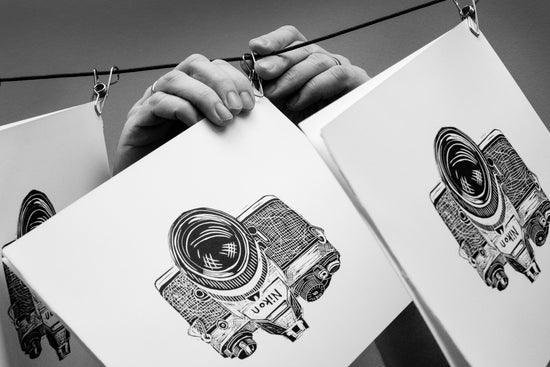
Drying
The print is carefully removed from the press and hung to dry for several days, before being signed, marked with an edition number, and packed up to send.
